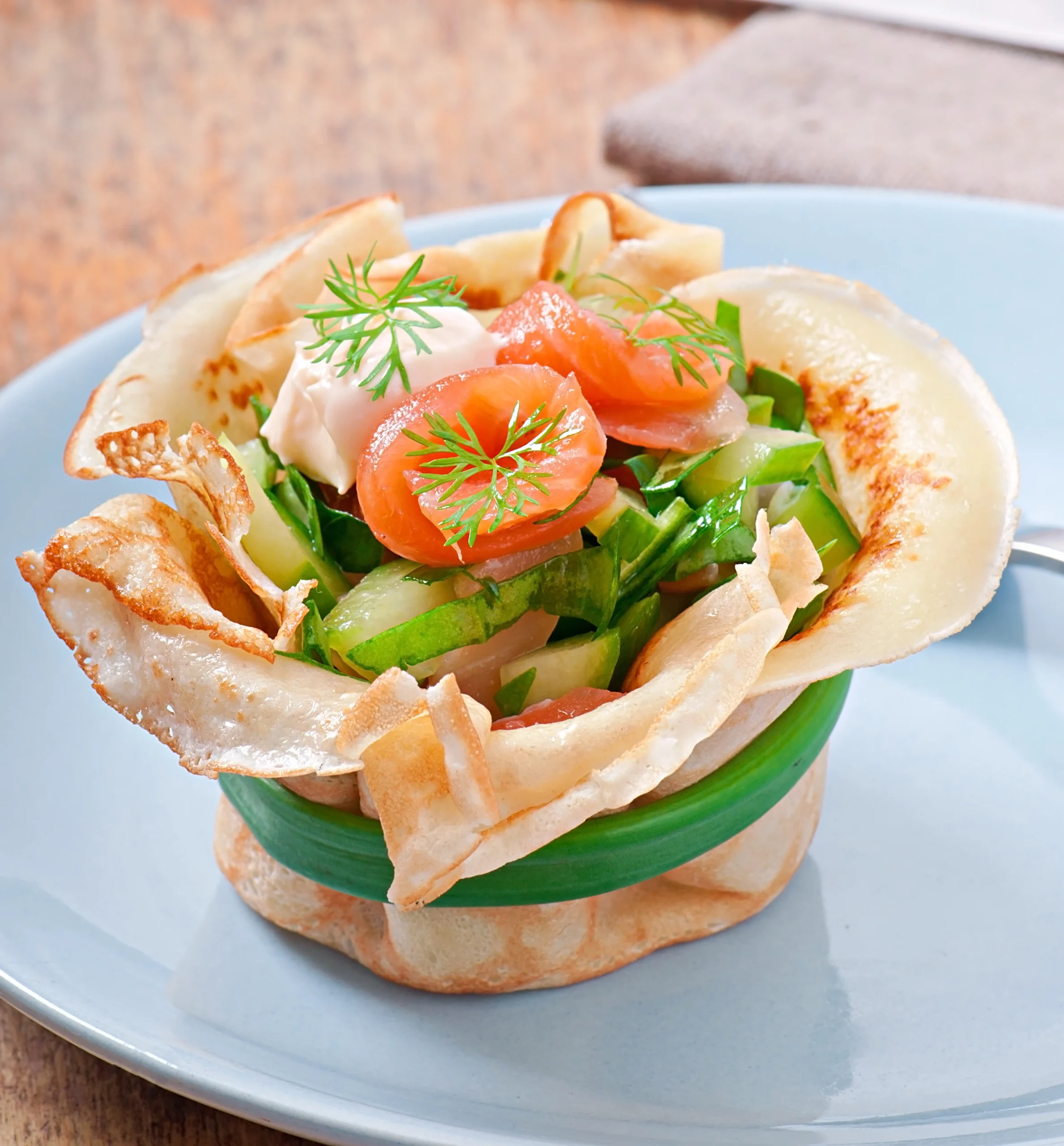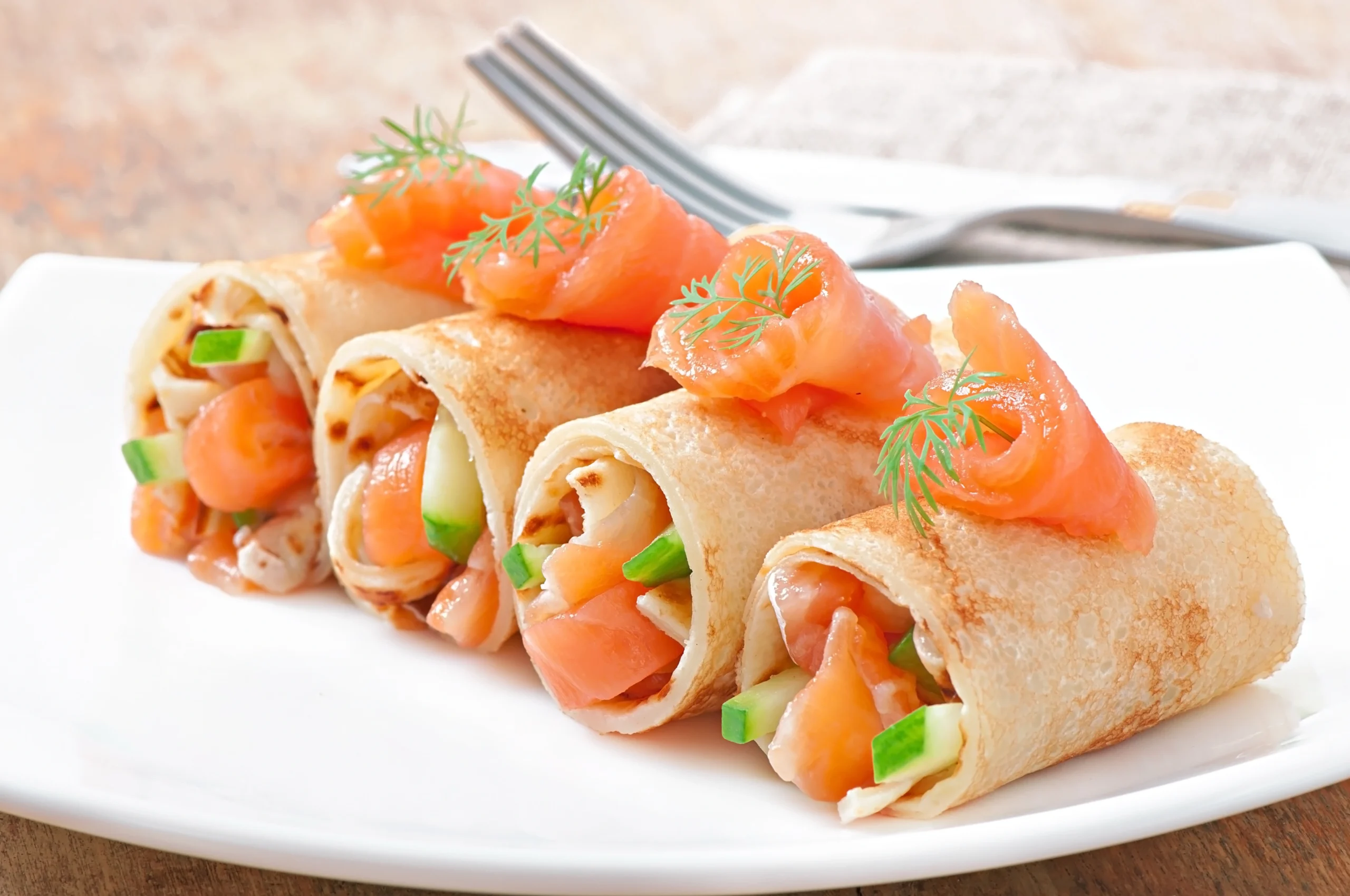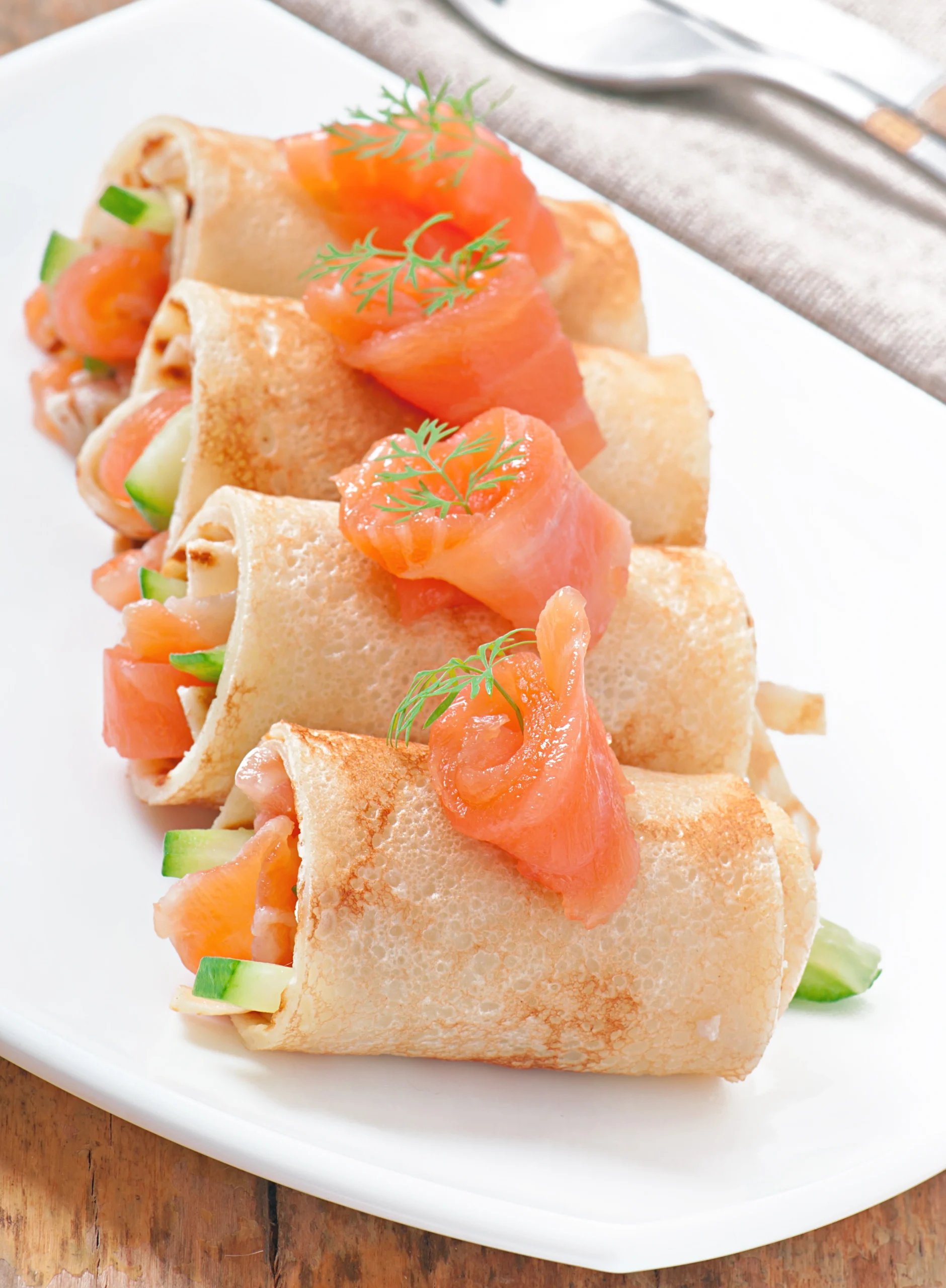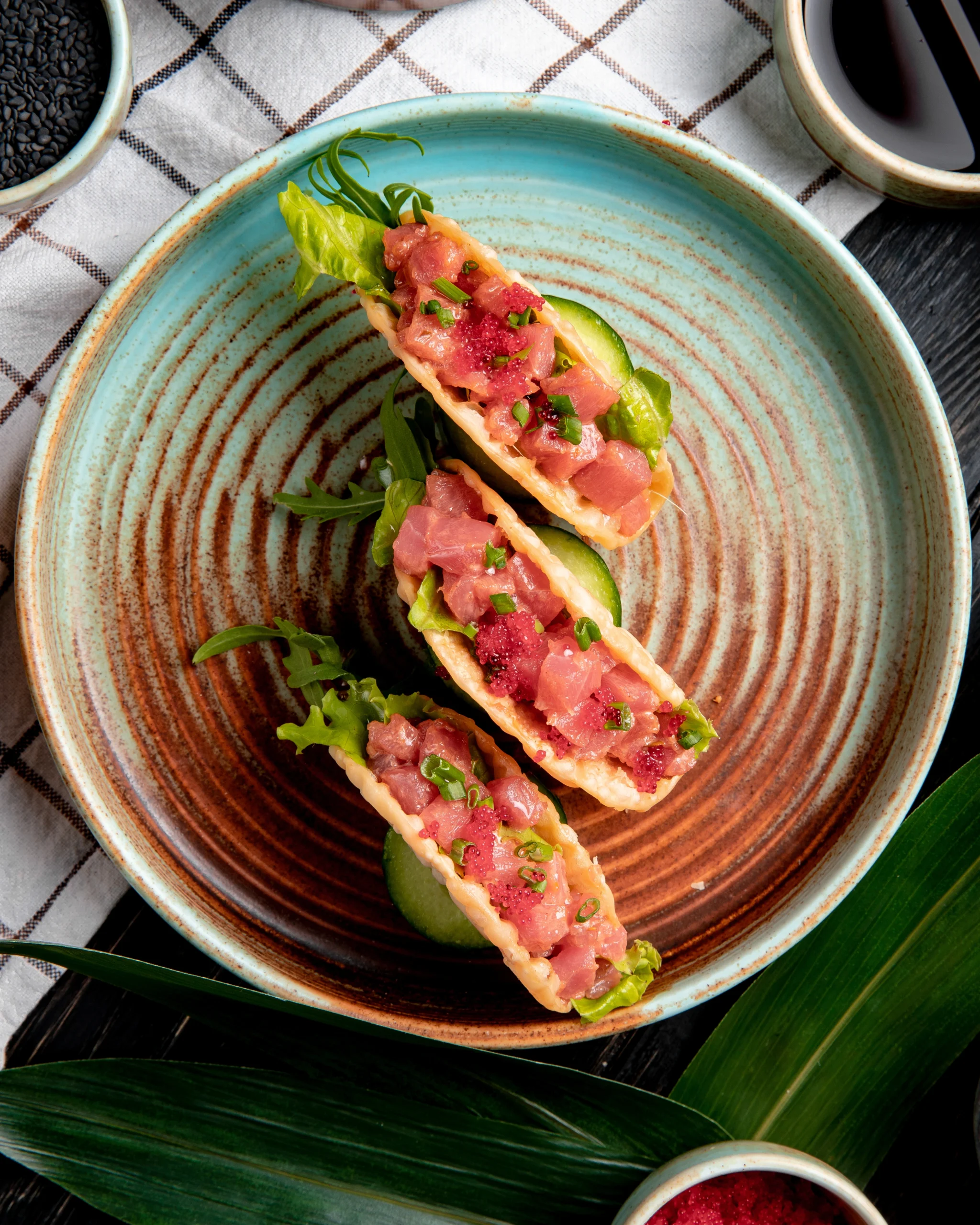Seafood Roll:7 Best Reasons Everyone Loves This Classic Dish
Have you ever wondered why seafood rolls are such a beloved dish around the world? Whether it’s the rich flavors of lobster and shrimp in a buttery sauce or the crispy crunch of spring rolls stuffed with scallops, these dishes seem to have universal appeal. But what exactly makes them so irresistible? Is it their versatility, ease of preparation, or the way they bring together fresh ingredients in perfect harmony? In this blog post, we’ll explore 10 reasons everyone loves a classic seafood roll—and by the end, you might just want to make one yourself!
Table of Contents
Overview: What Makes This Recipe Special?
Seafood rolls are special because they combine fresh, high-quality ingredients with simple techniques to create something truly extraordinary. Depending on your preference, you can enjoy them as soft brioche-based sandwiches filled with succulent lobster and shrimp 1, crispy Chinese-inspired spring rolls bursting with flavor 3, or even sushi-style seaweed-wrapped shrimp rolls 8.
The best part? Most seafood rolls take less than 30 minutes to prepare, making them perfect for busy weeknights or weekend gatherings. Plus, they’re surprisingly easy to customize based on dietary needs or taste preferences. Whether you’re new to cooking seafood or an experienced chef, this recipe is approachable yet impressive enough to wow guests.

Essential Ingredients: The Building Blocks of a Perfect Seafood Roll
To create a mouthwatering seafood roll, you’ll need a few key ingredients. Here’s what you should stock up on:
- Protein : Lobster, shrimp, scallops, crab meat, or even imitation crab work beautifully. These proteins provide that signature briny flavor and tender texture 6.
- Carbs : For traditional seafood rolls, use brioche buns; for dim sum-inspired versions, opt for spring roll wrappers or tempura batter 7.
- Sauces & Seasonings : Mayonnaise (or Japanese Kewpie mayo), sriracha, soy sauce, sesame oil, and herbs like dill, basil, or cilantro add depth and zing 2.
- Vegetables : Celery, scallions, carrots, and cabbage not only enhance the flavor but also add color and crunch 4.
Substitutions and Variations : Don’t have lobster? Swap it out for more affordable options like shrimp or crab. Want a healthier twist? Use whole-grain wraps instead of fried ones. The possibilities are endless!
Step-by-Step Instructions: How to Make Your Own Seafood Roll
Ready to get started? Follow these steps to whip up a batch of delicious seafood rolls:
- Prepare the Protein : Boil or steam your choice of seafood until fully cooked. For example, cook shrimp for 2–3 minutes until pink and opaque 1. Let it cool before chopping into bite-sized pieces.
- Make the Sauce : Mix mayonnaise, sriracha, lemon juice, and chopped herbs in a small bowl. Adjust seasoning to taste—this will be the base for your filling 2.
- Chop Vegetables : Finely dice celery, scallions, or any other veggies you’re using. They should complement the seafood without overpowering it.
- Combine Ingredients : Gently fold the seafood, vegetables, and sauce together. Be careful not to overmix, as you don’t want to break down delicate pieces of lobster or shrimp.
- Assemble the Roll : Toast brioche buns lightly and spoon the mixture inside for a classic seafood roll. Alternatively, wrap fillings in spring roll sheets or seaweed for sushi-inspired creations 8.

Cooking Tips :
- Always pat seafood dry after cooking to prevent excess moisture from making the roll soggy.
- Use a mandoline slicer for uniform vegetable cuts if making spring rolls.
Assembly: Bringing It All Together
Presentation matters when serving seafood rolls. Here’s how to assemble them like a pro:
- Classic Style : Spread herb butter on toasted brioche buns, then layer the seafood mixture generously. Top with fresh dill sprigs for garnish 1.
- Spring Rolls : Dip wrappers in water briefly, then place fillings in the center. Fold edges inward and roll tightly to seal. Fry until golden brown and crispy 3.
- Sushi Rolls : Lay a sheet of seaweed flat, spread shrimp paste evenly, and roll tightly. Coat with tempura batter and deep fry for a unique twist 8.
For extra flair, serve with dipping sauces like soy-chili sauce or wasabi mayo.
Storage and Make-Ahead Tips
If you’re prepping ahead of time, here’s how to keep everything fresh:
- Uncooked Fillings : Store seafood and vegetable mixtures separately in airtight containers in the fridge for up to 2 days. Combine just before assembling.
- Prepared Rolls : Keep assembled spring rolls covered with plastic wrap to avoid drying out. Reheat in the oven at 350°F (175°C) for 5–7 minutes to retain crispiness 4.
- Freezing Option : Freeze uncooked spring rolls on a baking sheet, then transfer to freezer bags. Fry directly from frozen, adding a couple of extra minutes to the cooking time.
Recipe Variations: Get Creative!
Why stick to the basics when you can experiment? Try these creative twists:
- Chinese Dim Sum Style : Add minced ginger, garlic, and a splash of Shaoxing wine to your seafood filling for authentic Cantonese flavors 7.
- Sushi-Inspired Rolls : Swap shrimp for salmon or tuna and pair with avocado for a California roll vibe 8.
- Low-Carb Option : Skip the bun altogether and serve your seafood salad wrapped in lettuce leaves or collard greens.

Conclusion: Dive Into the World of Seafood Rolls Today!
There you have it—10 compelling reasons why everyone loves a classic seafood roll. From its quick prep time to its endless customization options, this dish truly has something for everyone. So why wait? Grab some fresh seafood, gather your favorite ingredients, and start experimenting in the kitchen. Who knows? You might just discover your new favorite meal!
FAQs About Seafood Rolls
Q: Can I use frozen seafood for this recipe?
A: Absolutely! Just thaw it completely and pat it dry before cooking to ensure proper texture 1.
Q: Are seafood rolls healthy?
A: Yes! Seafood is packed with lean protein and omega-3 fatty acids, which are great for heart health. Opt for baked or steamed versions to reduce added fats 6.
Q: How long do seafood rolls last in the fridge?
A: Properly stored, they’ll stay fresh for 2–3 days. However, they’re best enjoyed fresh to maintain optimal flavor and texture 4.
Q: Can I make vegan seafood rolls?
A: Definitely! Use plant-based alternatives like hearts of palm or jackfruit to mimic the texture of seafood. Pair with tofu or tempeh for added protein 3.
Q: What is a seafood roll?
A: A seafood roll is a versatile dish that typically features tender, flavorful seafood like lobster, shrimp, crab, or scallops served in a bun, wrap, or pastry. It can be prepared in various styles—classic New England-style with brioche buns, crispy Chinese-inspired spring rolls, or sushi-like seaweed rolls 1. The seafood is often mixed with sauces like mayo, butter, or sriracha and paired with fresh herbs and vegetables for added texture and flavor.

Q: What goes in a crab roll?
A: A classic crab roll usually includes flaky, sweet crab meat (claw meat is preferred for its rich flavor) tossed with mayonnaise, lemon juice, and seasonings like Old Bay or fresh herbs such as chives or dill. Celery and minced onions are common additions to provide crunch and balance the richness of the crab 4. For a decadent twist, some recipes incorporate melted butter instead of mayo 5.
Q: What’s on a shrimp roll?
A: A shrimp roll typically features cooked shrimp (peeled and deveined) chopped into bite-sized pieces and mixed with a creamy sauce made from mayonnaise, Dijon mustard, and lemon juice. Fresh ingredients like celery, green onions, and herbs such as dill or parsley are often added for extra flavor and crunch 9. The mixture is then piled into a toasted bun, usually a split-top or brioche bun, for a light yet satisfying meal 7.
With these tips and tricks, you’re ready to conquer the art of making seafood rolls. Happy cooking!







